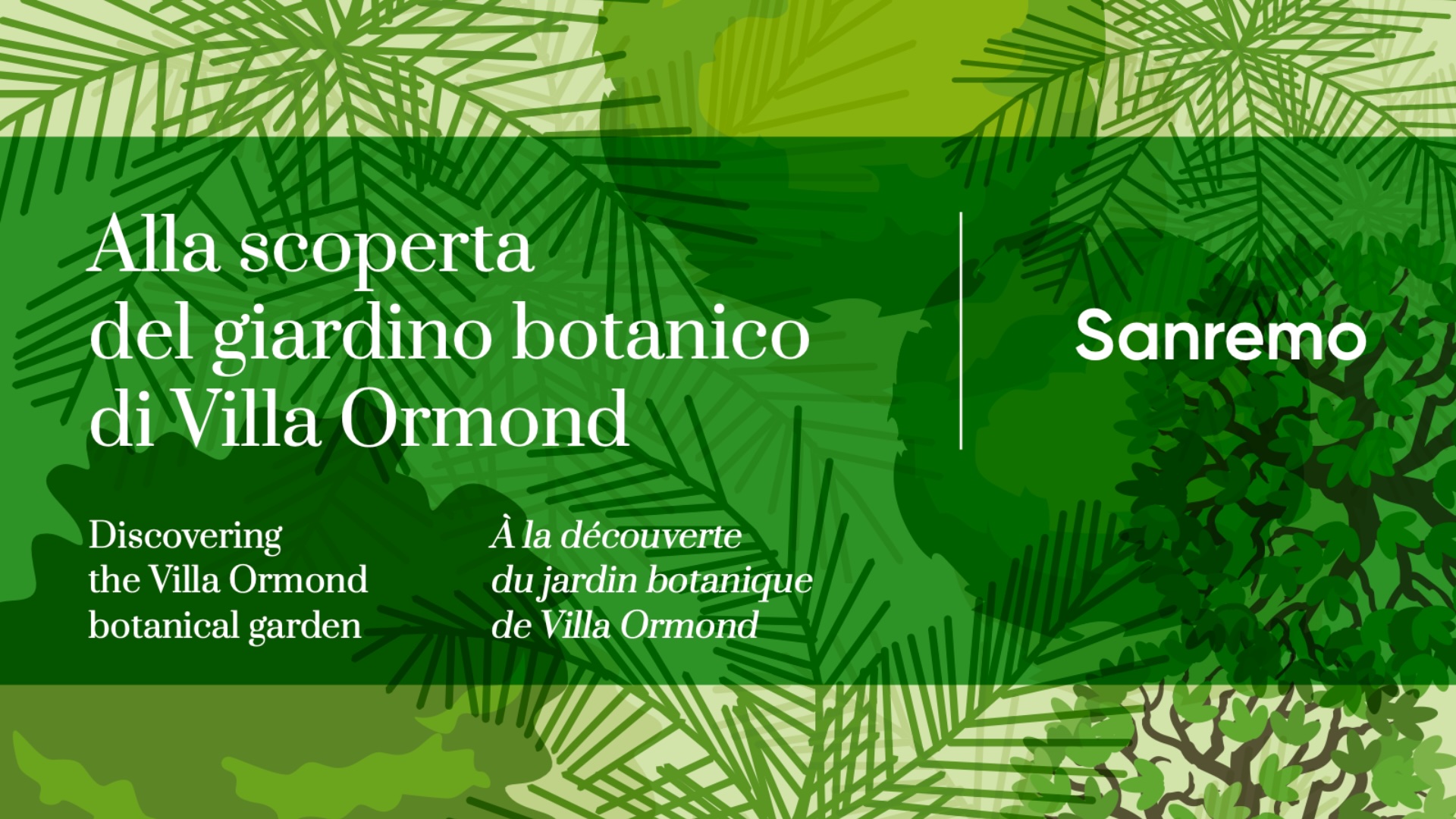The genus Trachycarpus is a compound name from the Greek trachy = rough, sour (taste) and carpos = fruit. The specific name honours the Scottish botanist Robert Fortunei (1812-1880), who contributed greatly to the spread of this palm in Europe.
| Common name | China Palm, Chusan Palm |
| Origin | A palm native to the Himalayas and northern India, it extends as far as northern Thailand, southern China and Japan. It prefers hilly terrain and can be found at altitudes above 2000 metres, even in the snow. |
|
Description |
Palm widespread in our gardens, but also in the more continental regions of the country. It is easily recognisable by its palmate, fan-shaped leaves and its erect, 6-8 metre high stem, which is covered with a dense, thick network of thin, soft, dark brown fibres from which the remnants of the petioles of old, fallen leaves emerge. These are palmate, fan-shaped, flat, deep green above and silvery-glaucous below, deeply incised, with numerous linear segments, bifid at the top and slightly bent, petioles long and finely toothed. The flowers are unisexual and borne on different plants (dioecious), sometimes hermaphroditic on the same palm. Flowering takes place in early spring, with the emergence of modest, branched inflorescences, but of a beautiful golden yellow colour and pointing downwards. The fruits are berries, slightly kidney-shaped, opaque blue when ripe, with a thin mesocarp, gathered in abundant clusters. Birds are fond of the seeds and contribute greatly to disseminating them. Oriental palm with many uses in its regions of origin. The fibres of the leaves were bleached and used to make carpets, fans, brushes, brooms, sturdy cordage and fabrics for clothing. A highly sought-after mattress horsehair was also produced, as well as elegant screens for homes. Unfortunately, the species has become wild in some regions of Europe where, in conjunction with favourable climate change, it multiplies disproportionately and has been deemed invasive. In neighbouring Switzerland, it manages to grow well in the undergrowth of damp and shady deciduous forests, where it hinders natural regeneration. The areas most at risk are peri-urban areas, especially abandoned farmland at the edge of the forest, where bird dispersal is highest. |

